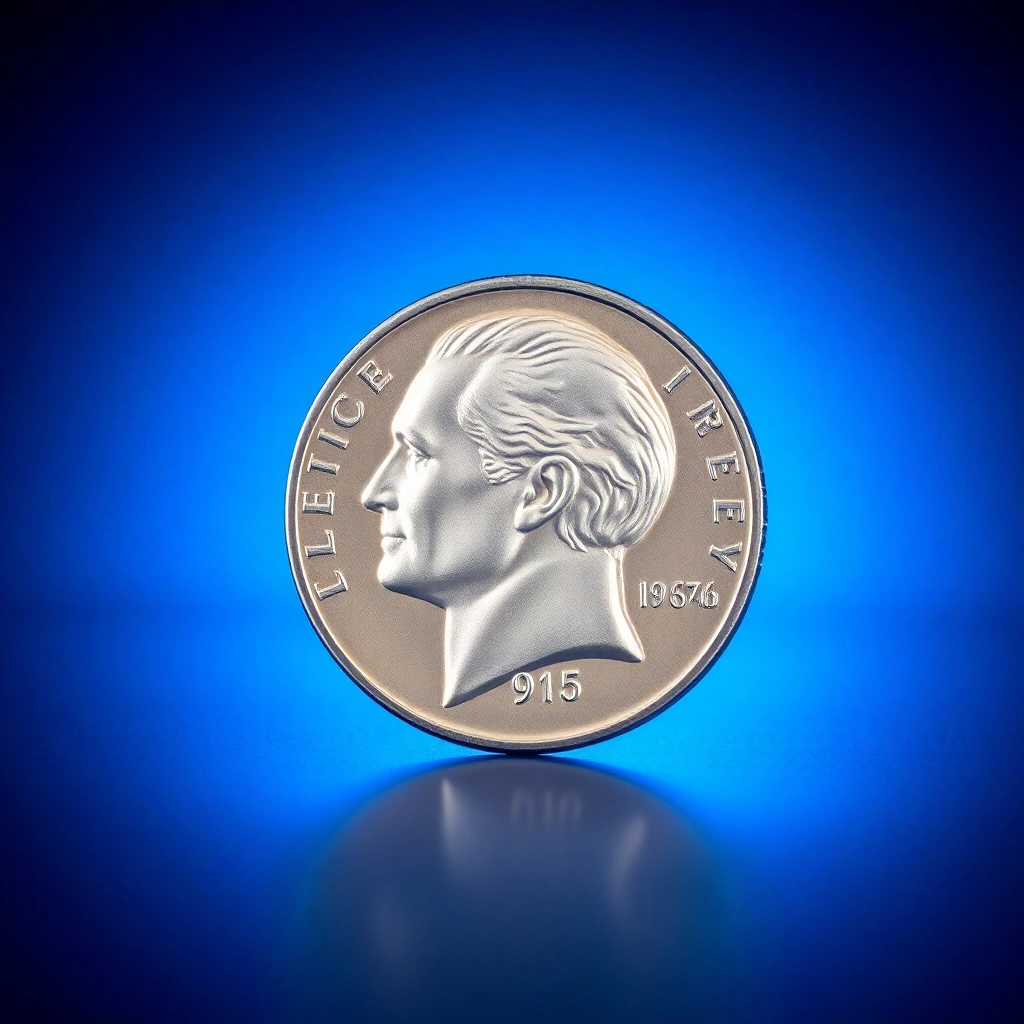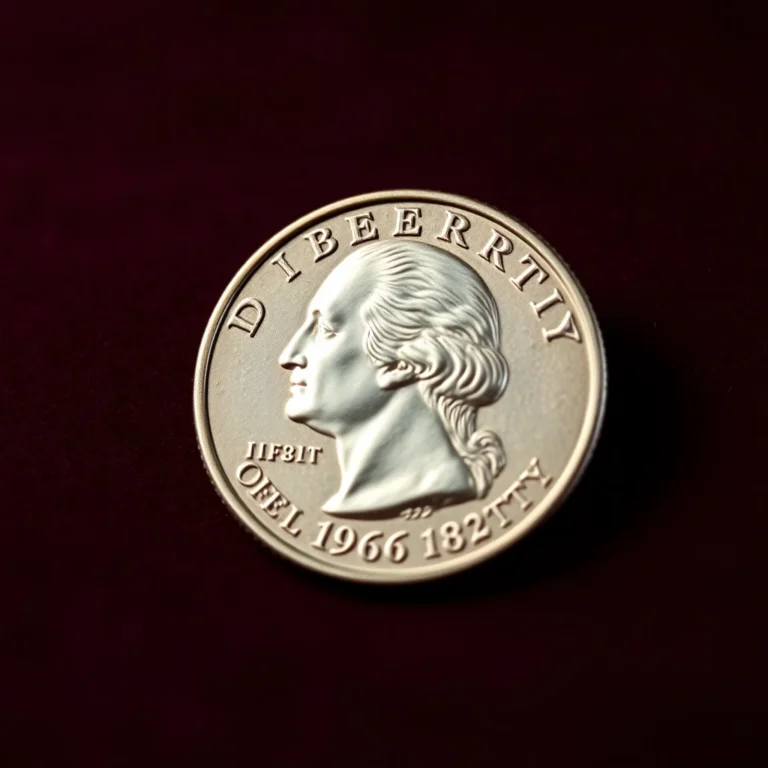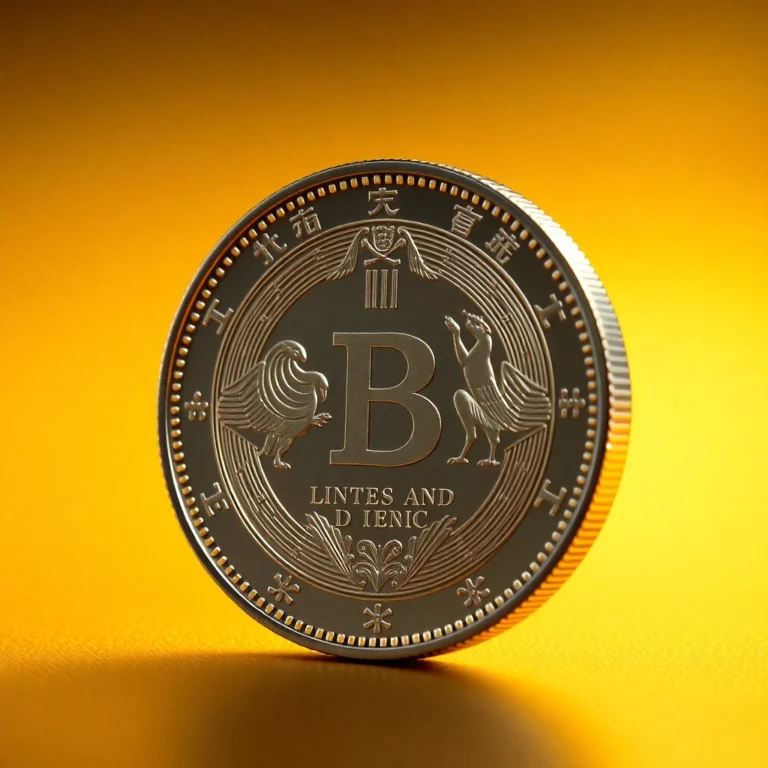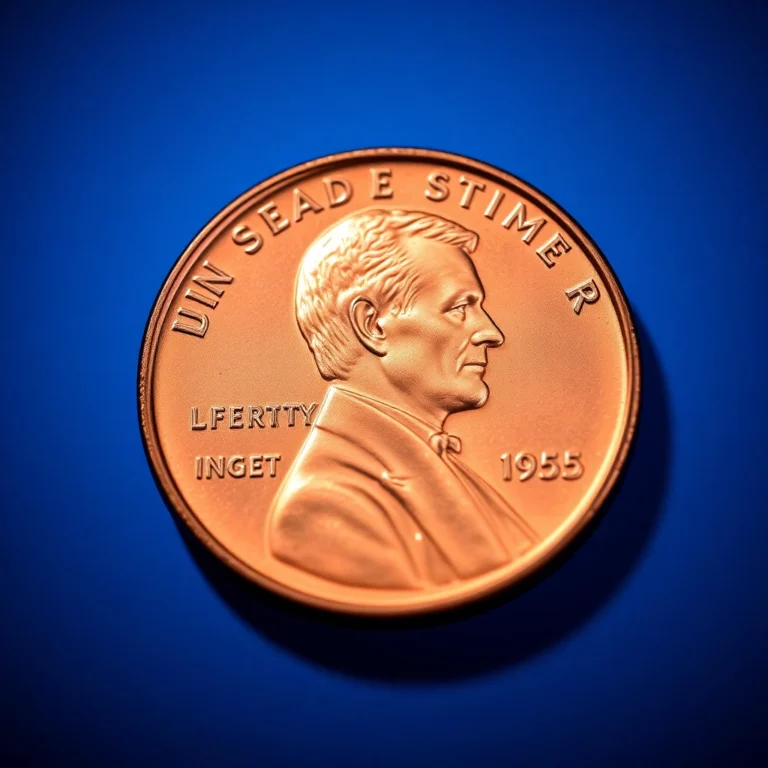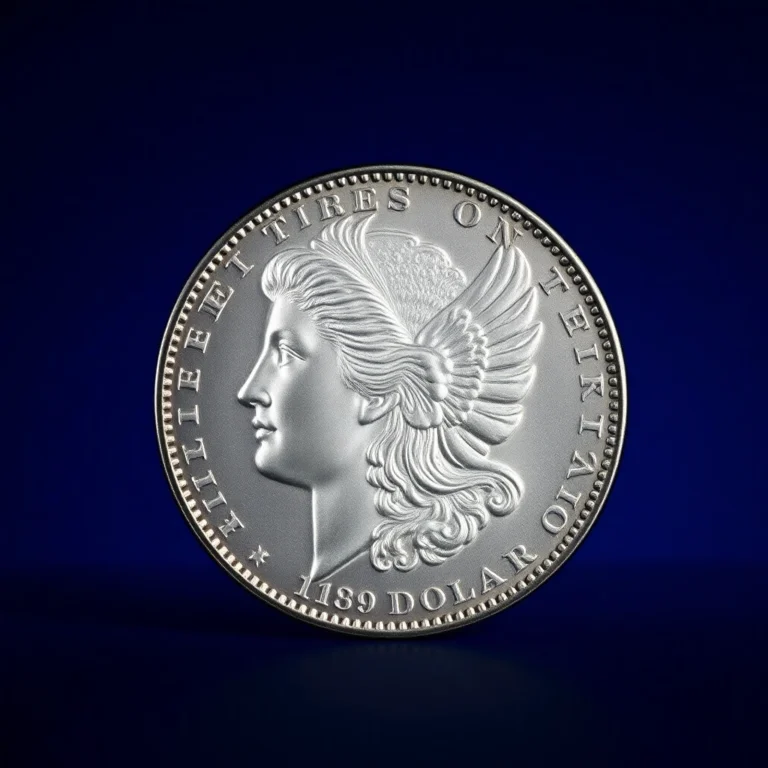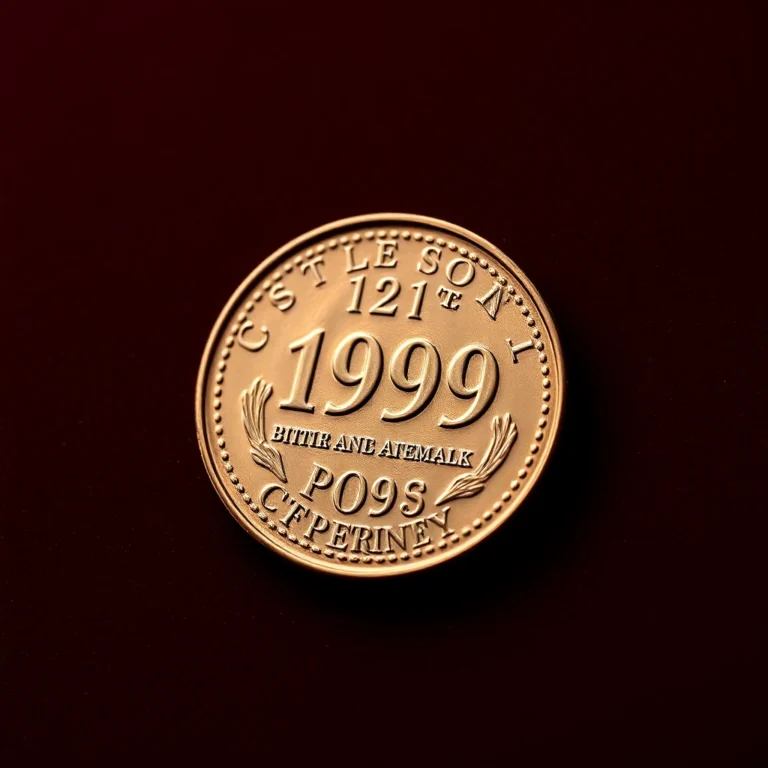Imagine the thrill of discovering a treasure hidden in plain sight, nestled quietly within the jingling pocket change of your daily life. Jefferson Nickels, a staple of American currency since 1938, offer just such a possibility for both novice and seasoned coin collectors. These seemingly ordinary five-cent pieces hold a wealth of history and potential value, transforming them into unexpected gems worthy of a closer look.
The allure of Jefferson Nickels lies not only in their longevity and design but also in the intriguing variations and minting anomalies that make certain issues highly sought after. In this guide, you’ll explore the subtle details and rare editions that can turn a simple nickel into a prized addition to any collection. From wartime silver compositions to elusive mint errors, Jefferson Nickels present a fascinating opportunity to enrich your numismatic pursuits.
Stay tuned as we delve into the secrets these coins hold, revealing how a seemingly modest piece of change could be worth much more than its face value. Who knows? The next time you check your wallet, you might just uncover a hidden numismatic gem.
Historical Background and Significance
The Jefferson Nickel, first minted in 1938, succeeded the Buffalo Nickel and was introduced to honor Thomas Jefferson, the third President of the United States and principal author of the Declaration of Independence. Designed by Felix Schlag, this nickel has become a staple in American coinage and remains in production today. It holds historical significance as it represents both a tribute to a foundational figure in American history and a reflection of mid-20th century numismatic design changes.
Physical Characteristics and Design
The Jefferson Nickel is composed of a copper-nickel alloy, with a diameter of 21.21 mm and a weight of 5 grams. The obverse features a left-facing portrait of Thomas Jefferson, while the reverse originally depicted Monticello, Jefferson’s primary plantation. Over the years, the design has undergone several modifications, notably during the Westward Journey series (2004-2005) and the Return to Monticello design in 2006.
Mintage Figures and Rarity
While most Jefferson Nickels are common, specific dates and mint marks are rarer due to lower mintage figures. Key dates include the 1939-D, 1950-D, and wartime nickels from 1942-1945, which contain silver due to wartime metal shortages.
Known Varieties and Errors
Jefferson Nickels are known for several varieties and errors that increase their desirability among collectors. Notable examples include:
- 1939 Double Monticello: A doubled die reverse error.
- 1943-P 3 Over 2: A famous overdate variety.
- 1954-S Over D: A known mint mark error.
Value Information
Here is a detailed table of current market values for collectible Jefferson Nickels by grade:
| Grade | Value Range |
|---|---|
| Good (G-4) | $0.25-$5.00 |
| Very Good (VG-8) | $0.50-$10.00 |
| Fine (F-12) | $1.00-$20.00 |
| Very Fine (VF-20) | $2.00-$30.00 |
| Extremely Fine (EF-40) | $5.00-$50.00 |
| About Uncirculated (AU-50) | $10.00-$100.00 |
| Mint State (MS-60) | $20.00-$150.00 |
| Gem Mint State (MS-65) | $50.00-$300.00 |
Authentication Tips
Authenticating Jefferson Nickels involves examining the coin for specific characteristics related to its year and mint mark. Look for uniformity in the metal composition and check for known varieties using a magnifying glass or loupe. Be aware of counterfeit coins, especially for key dates and rare varieties.
Expert Collecting Advice
When collecting Jefferson Nickels, focus on building a comprehensive set by including all major varieties and key dates. Consider investing in high-grade examples for long-term value retention. Regularly check market trends to stay updated on the value of your collection.
With these insights, you can start exploring your pocket change for hidden gems and potentially
FAQs
How can I determine the value and grade of my Jefferson nickel?
The value of a Jefferson nickel largely depends on its date, mint mark, condition, and any unique characteristics. To assess its grade, examine the coin’s luster, strike, and presence of wear. Professional grading services can provide an accurate grade, which is crucial for establishing its market value. Consulting a coin price guide can also help you understand its potential worth.
What are some tips for authenticating Jefferson nickels?
Authentication involves verifying the coin’s legitimacy and ensuring it’s not a counterfeit. Look for specific mint marks, inspect the coin’s weight and diameter, and examine it under magnification for any unusual features. Comparing your coin against trusted references or using a professional authentication service can help ensure its authenticity.
What’s the best way to start collecting Jefferson nickels?
Begin by familiarizing yourself with the series and setting a focus for your collection, such as specific years, mint marks, or error coins. Start with pocket change or inexpensive purchases, then gradually expand to rarer pieces as you gain more experience. Keeping your coins in a safe, climate-controlled environment is also important for their preservation.
Why are Jefferson nickels historically significant?
Introduced in 1938, Jefferson nickels replaced the Buffalo nickel and feature President Thomas Jefferson on the obverse. Their historical significance lies in their long-running design and the changes it has undergone, reflecting periods of American history, such as the wartime ‘silver’ nickels produced during World War II.
What are some common varieties or errors to look for in Jefferson nickels?
Collectors often seek out varieties like the 1939 Doubled Monticello, the 1950-D key date, and the wartime silver nickels (1942-1945) containing 35% silver. Errors such as off-center strikes, double dies, and repunched mint marks can also be valuable. Keeping an eye out for these can add interesting pieces to your collection.
